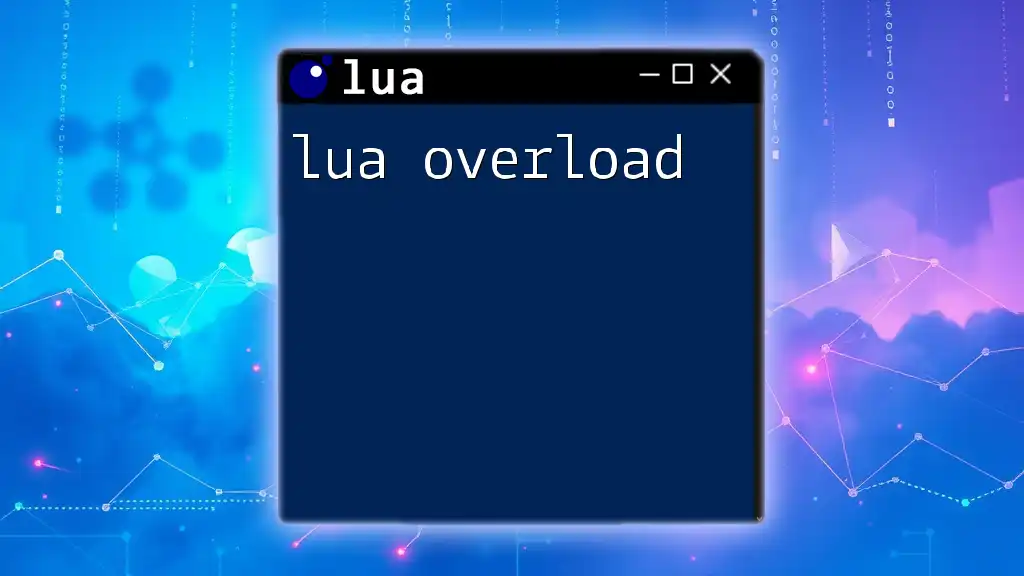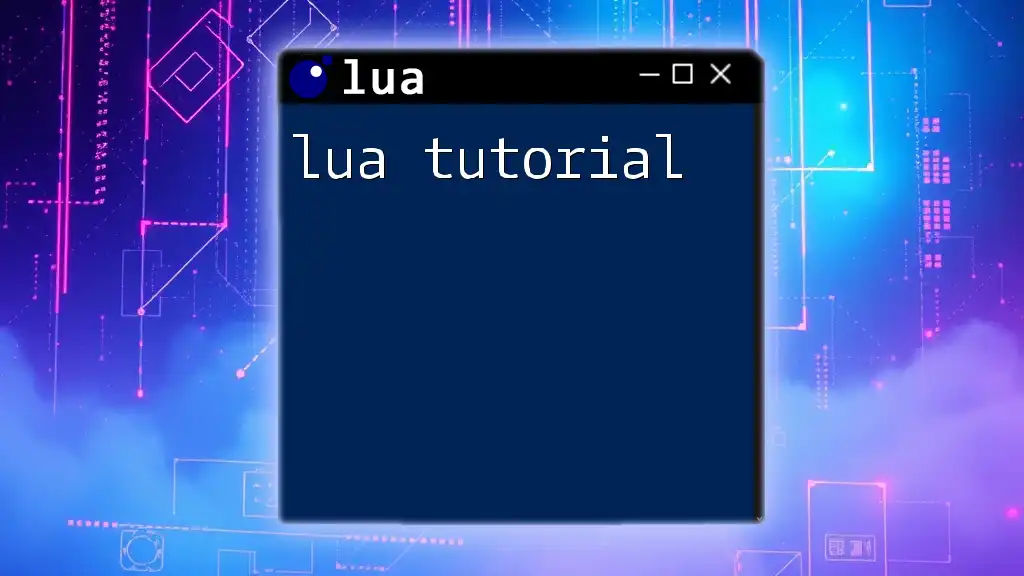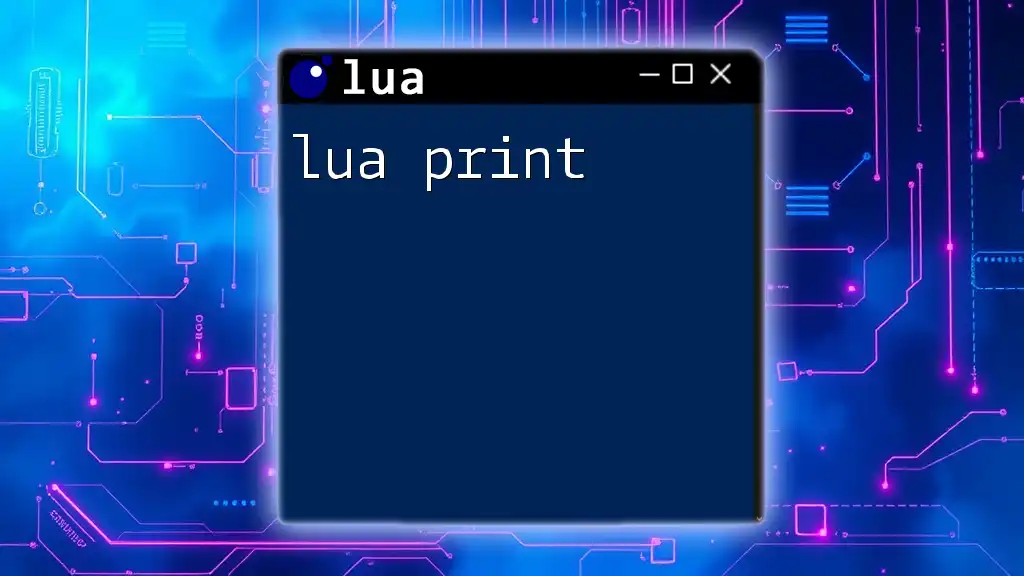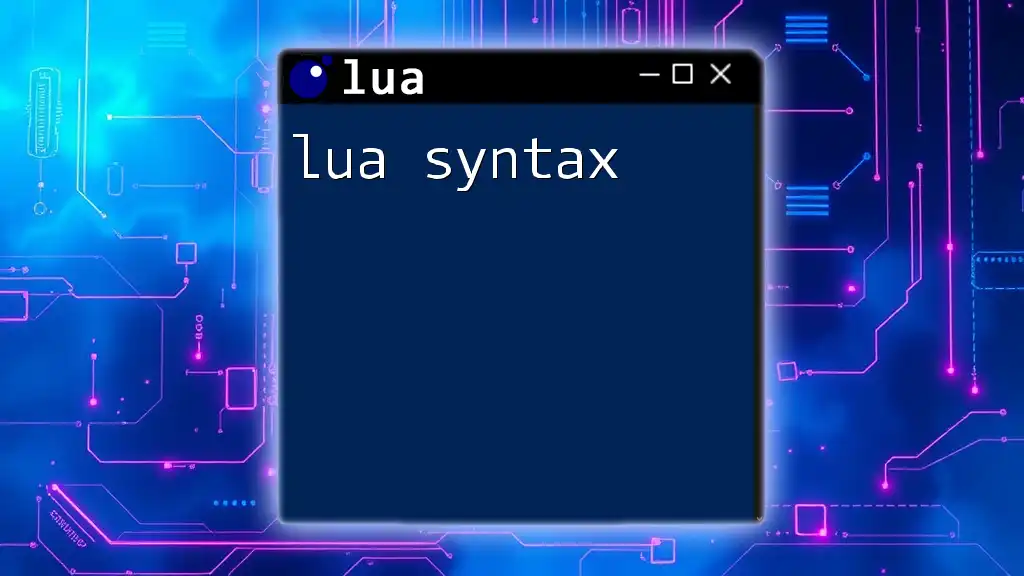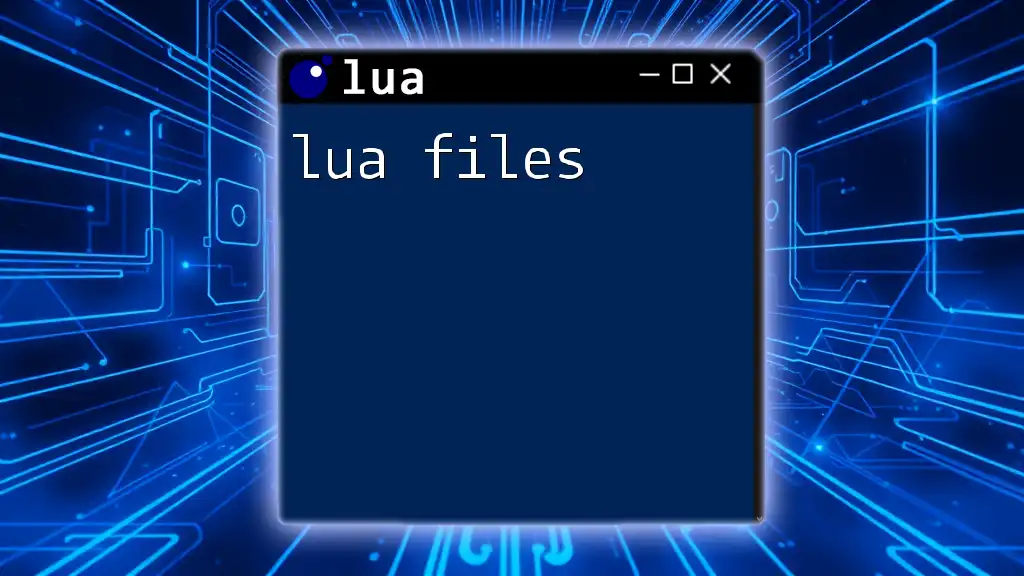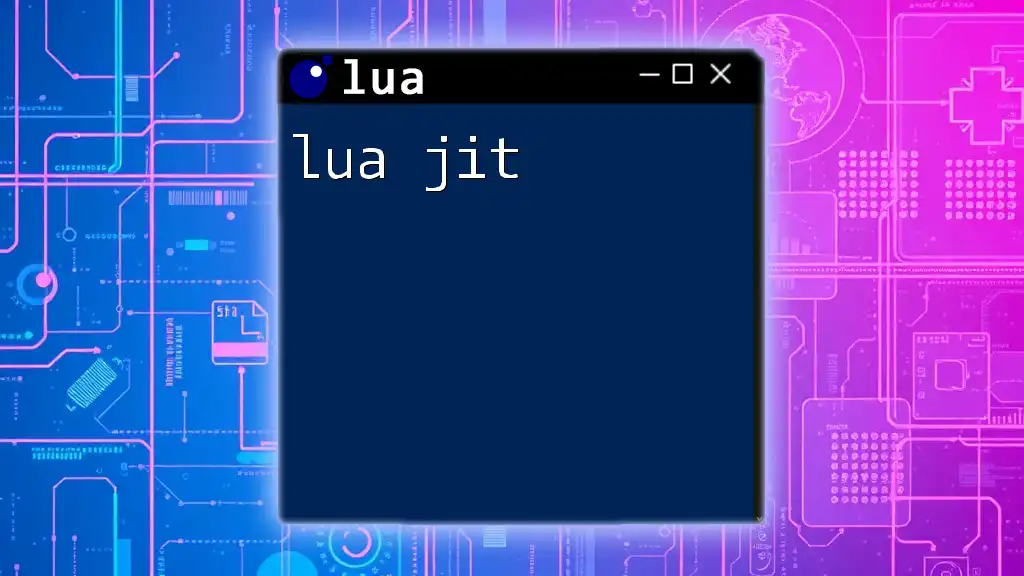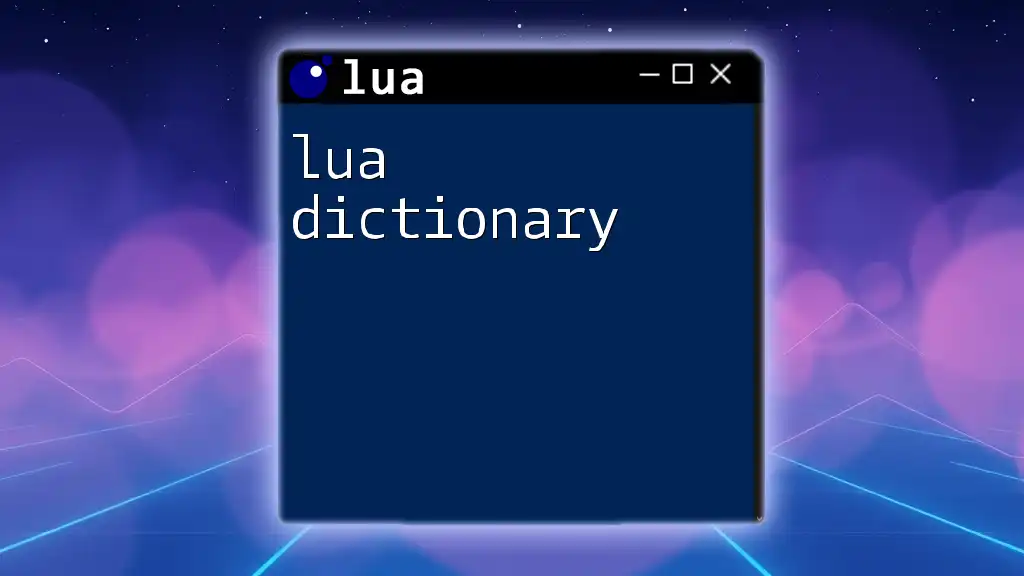A Lua linter is a tool that analyzes Lua code to identify potential errors, improve code quality, and enforce coding standards before runtime.
-- Example of a simple Lua linter usage
local function linter(code)
-- Basic check for common issues
if not (string.find(code, "function") and string.find(code, "end")) then
print("Warning: Missing function declaration or closure.")
end
-- Additional linting rules can be added here
end
linter("function test() print('Hello, World!')") -- Example code to lint
What is a Lua Linter?
A Lua linter is a tool designed to analyze Lua code for potential errors and stylistic issues. It serves as a preemptive measure, helping developers identify problems before executing code. By checking for discrepancies, a linter plays an essential role in maintaining high code quality and adhering to best practices.
Linting is crucial for both beginner and experienced developers because it provides real-time feedback and ensures that code not only runs correctly but is also readable and maintainable.

Benefits of Using a Lua Linter
Improving Code Quality
Using a lua linter significantly enhances code quality by catching syntactical errors and potential bugs early in the development process. Since many issues can be challenging to spot while coding, a linter steps in to identify problems, such as:
- Undefined variables, which lead to runtime errors.
- Mismatched or misplaced brackets that can cause logic errors.
With a linter in place, developers can ensure their code maintains a clean and consistent style, which ultimately contributes to better collaboration among team members.
Streamlining Development Workflow
A lua linter can be seamlessly integrated into development environments, providing automated checks before committing code. This means that developers can receive instant feedback, which helps in identifying issues that might otherwise go unnoticed until runtime. Additionally, including linting as part of the User Experience (UX) allows for better code reviews and reduces the time spent on debugging.
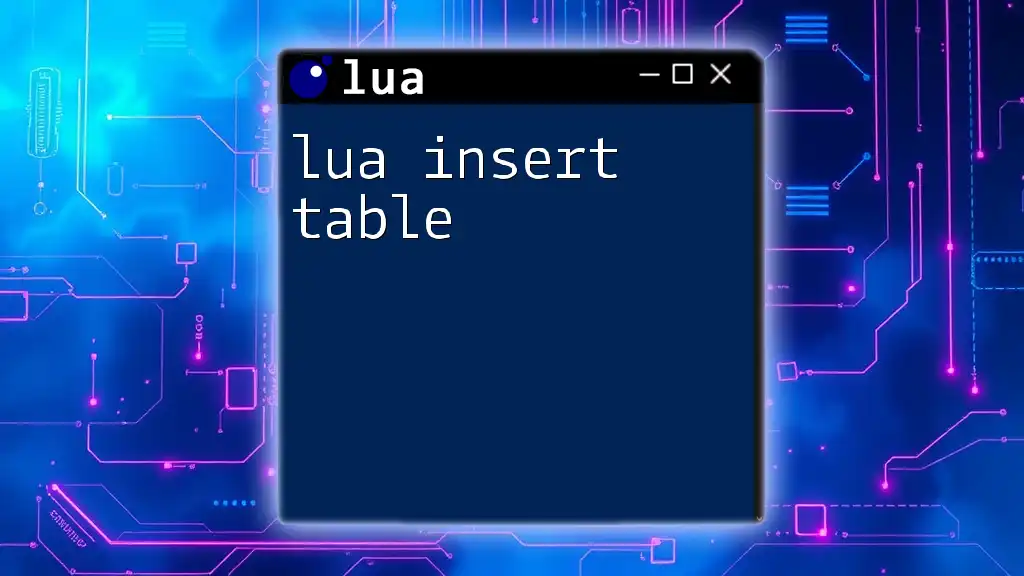
Popular Lua Linters
Overview of Available Linters
Several linters cater specifically to Lua programming. Some of the most widely used options include:
- LuaCheck
- luacheck
- Luanalysis
These tools are designed to not only check for errors but also to enforce coding style guidelines.
LuaCheck: The Go-To Lua Linter
Among these, LuaCheck stands out as the go-to lua linter due to its comprehensive functionality. It checks for issues like:
- Unused variables
- Global variable usage
- Style inconsistencies
Installation Instructions
To get started with LuaCheck, you’ll need to install it on your machine. Here’s how:
# On macOS using Homebrew
brew install luacheck
# On Linux
sudo apt install luacheck
Basic Usage with Code Snippet Example
Once installed, you can run LuaCheck directly from the command line, making it simple to analyze Lua files.
luacheck yourscript.lua
This command will output a report containing any issues detected in `yourscript.lua`.
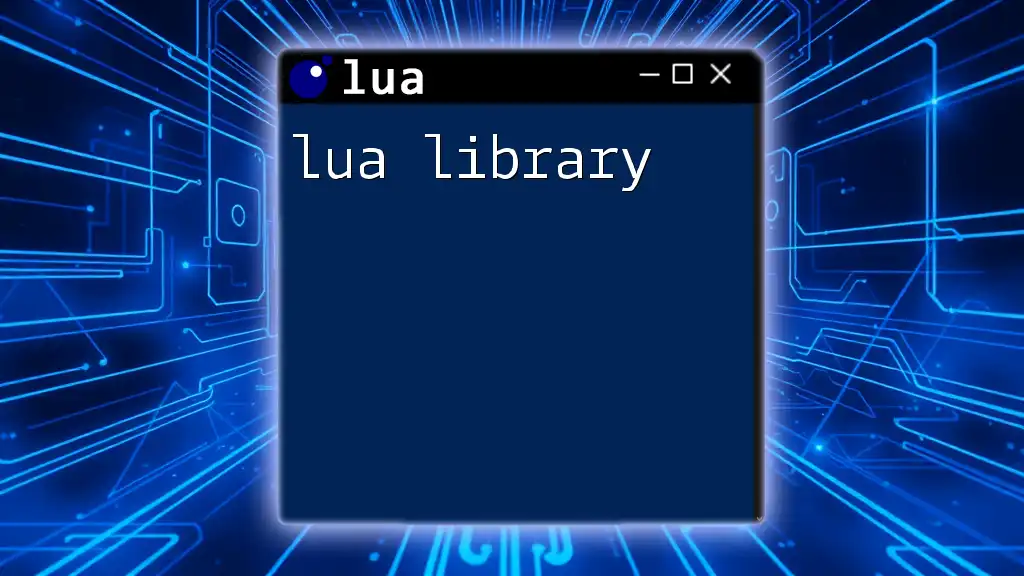
Setting Up Your Development Environment
Configuring Your Editor or IDE
To make the most of your lua linter, you should configure it within your favorite code editor or Integrated Development Environment (IDE). Popular editors like Visual Studio Code and IntelliJ offer robust support for linting in Lua.
Example: Setting up LuaCheck with Visual Studio Code
- First, install the Lua extension in Visual Studio Code.
- Open your settings (JSON or via UI) and include the linter configuration.
This setup will enable real-time linting feedback as you type, allowing for quick corrections without interrupting your workflow.
Customizing Linter Settings
LuaCheck allows developers to customize linting rules according to their needs. Configuring linter settings is vital for maintaining code quality tailored to your project's standards. The configuration can be saved in a `.luacheckrc` file.
Here’s an example of what your `.luacheckrc` configuration might look like:
— luacheck config example
[globals]
myGlobal = true
[std]
lua52 = true
Identifying Frequent Errors
As you use your lua linter, you may encounter frequent errors, such as:
- Unused variables: These can clutter your code, making it difficult for other developers to follow your logic.
- Incorrect indentation: This can cause readability issues and even lead to misunderstandings in code execution sequences.
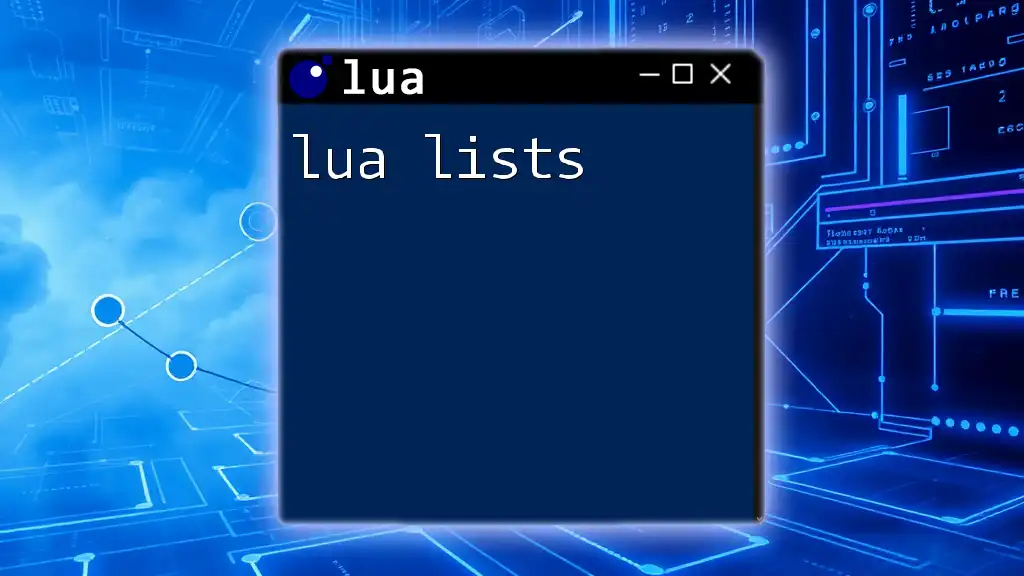
Fixing Common Lua Linter Errors
Best Practices for Resolving Issues
Fixing linting issues can enhance both readability and performance of your Lua scripts. When addressing common errors, consider the following best practices:
- Utilize descriptive variable names to avoid confusion and clarify their purpose.
- Regularly refactor code to eliminate any unused variables. For instance:
local unusedVariable = 10 -- Warning: unused variable
In this example, simply removing or using the variable will resolve the warning and clean up the code.
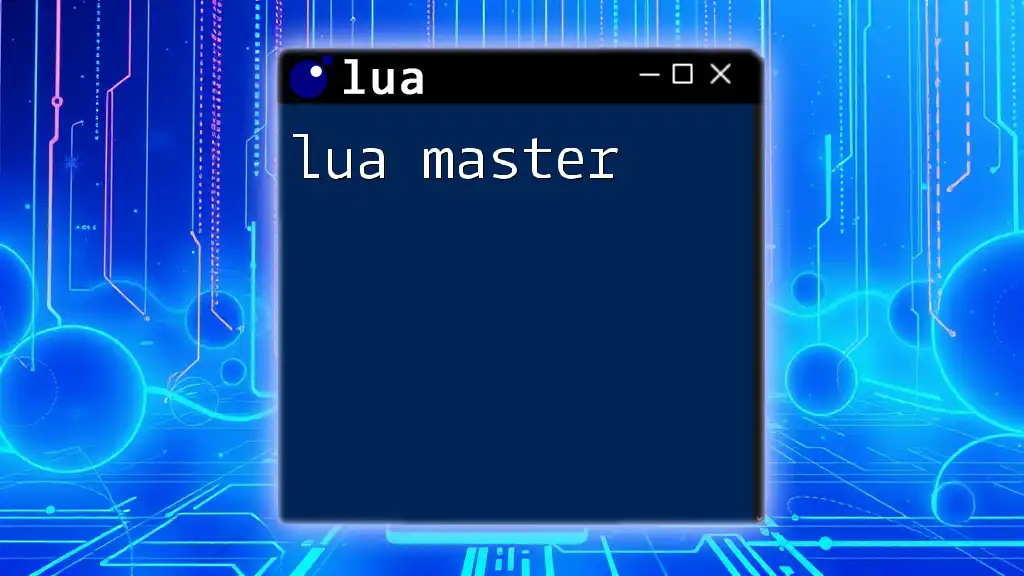
Advanced Linting Techniques
Using Linting Tools in Continuous Integration
Integrating lua linters into your Continuous Integration (CI) processes can dramatically enhance your development lifecycle. This practice ensures that your code meets quality standards before merging or deploying updates.
For instance, you can set up GitHub Actions to automate linting every time you push code:
name: Lint Lua Code
on: [push, pull_request]
jobs:
lint:
runs-on: ubuntu-latest
steps:
- name: Checkout code
uses: actions/checkout@v2
- name: Install LuaCheck
run: sudo apt install luacheck
- name: Lint Code
run: luacheck .
With this configuration, any issues will be flagged during the pull request process, preventing problematic code from being merged.
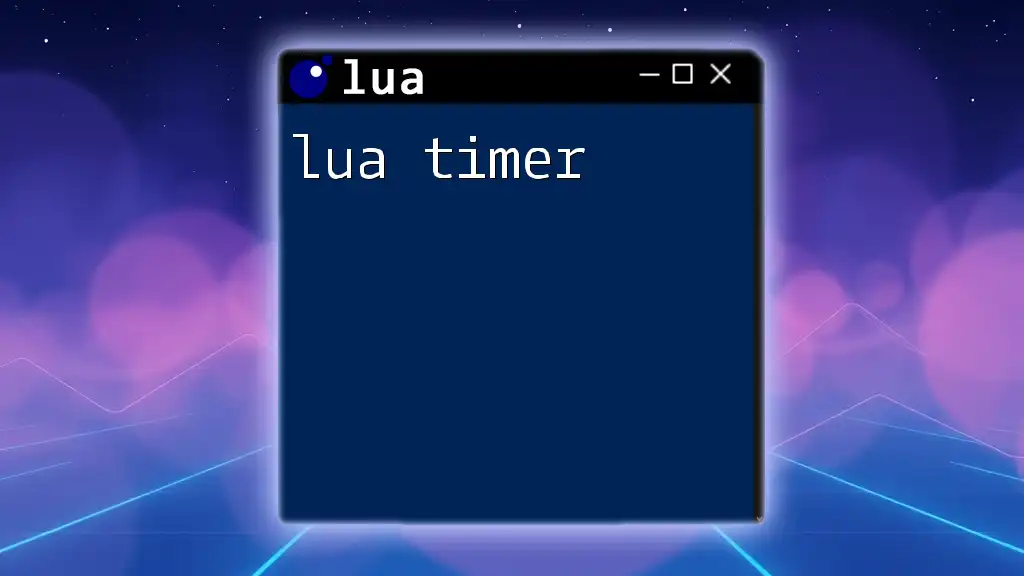
Conclusion
Incorporating a lua linter into your development routine is essential for improving code quality and streamlining workflow. With tools like LuaCheck, you can effortlessly identify and resolve potential issues, leading to more robust and maintainable code.
By following the best practices covered in this guide, you can leverage the full benefits of linting—creating cleaner, more efficient, and more collaborative coding experiences.
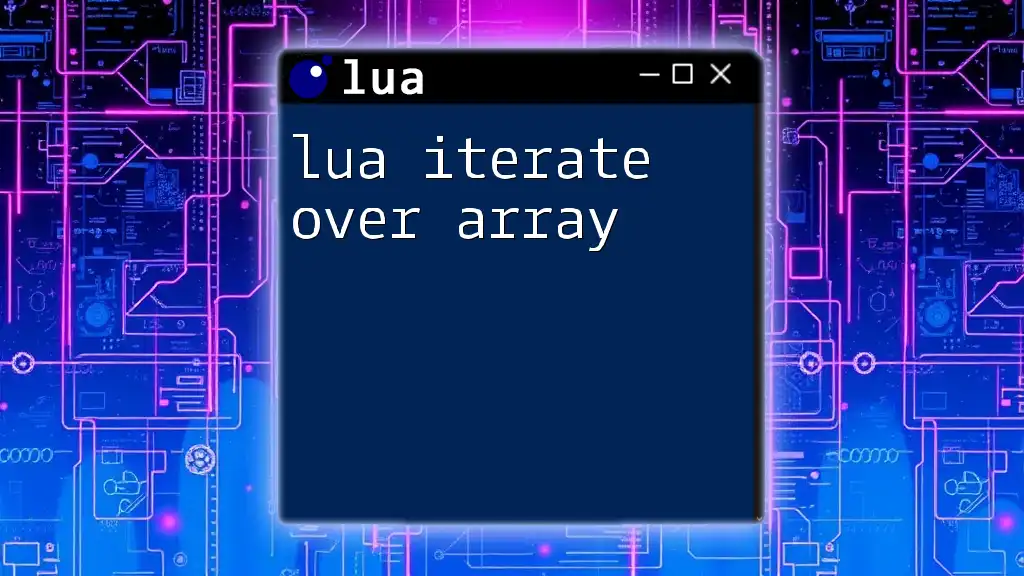
Additional Resources
For further reading and tools, consult the official documentation for LuaCheck and other linters. Additionally, engaging with online communities and support forums can enhance your understanding and use of Lua development practices.
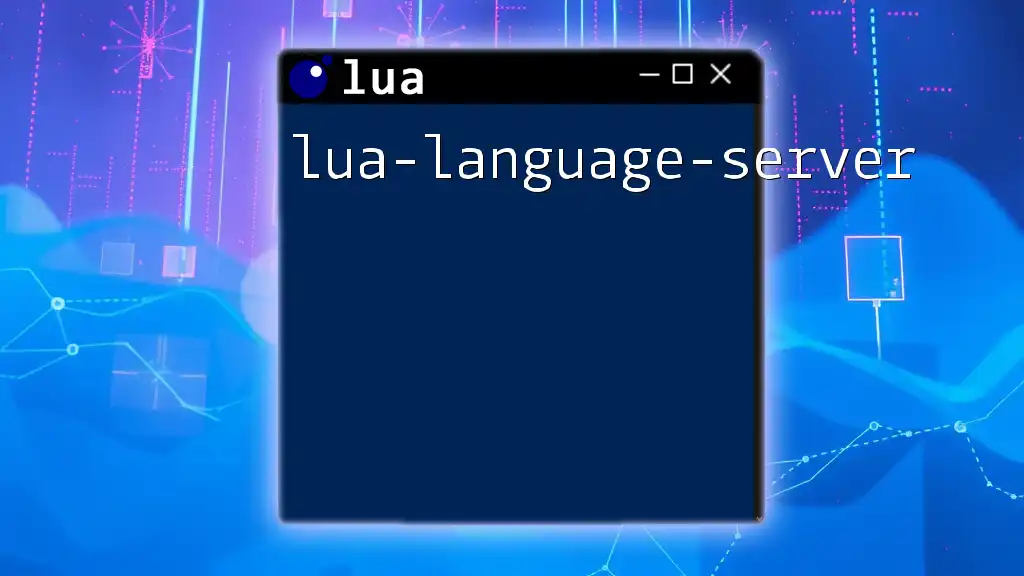
Call to Action
Get started with linting today! Implement a lua linter in your workflow and experience the noticeable improvements in your coding adventures. Your future self will thank you!








